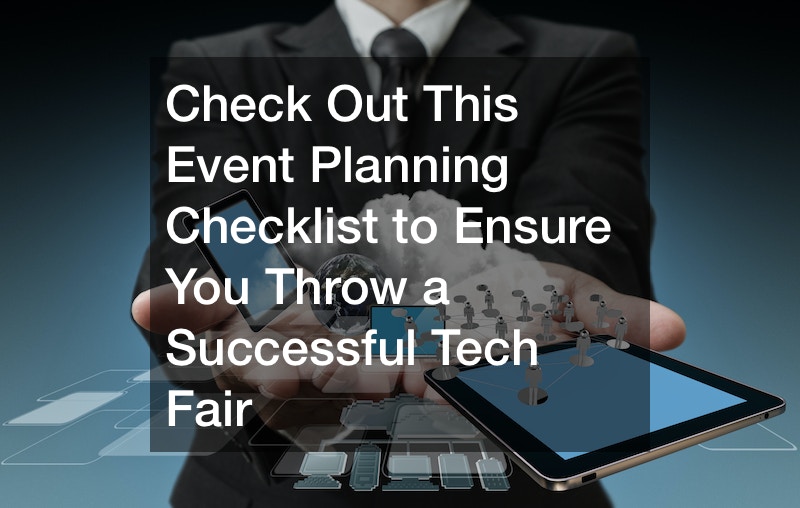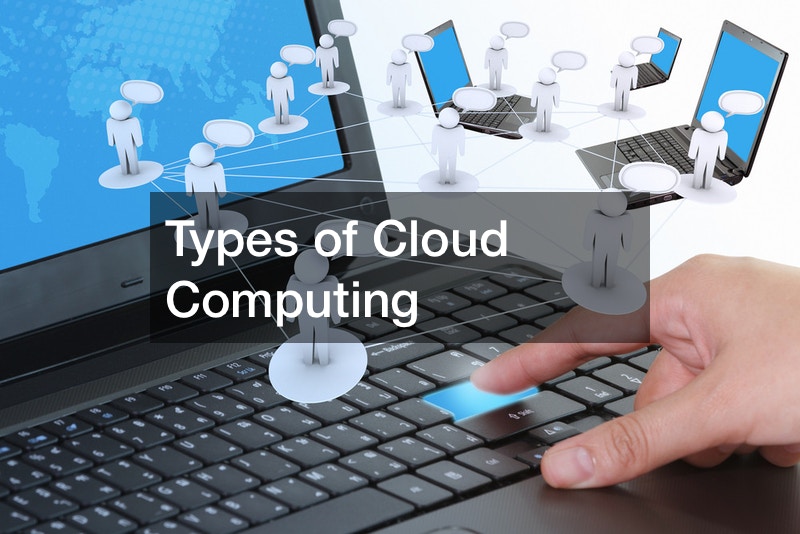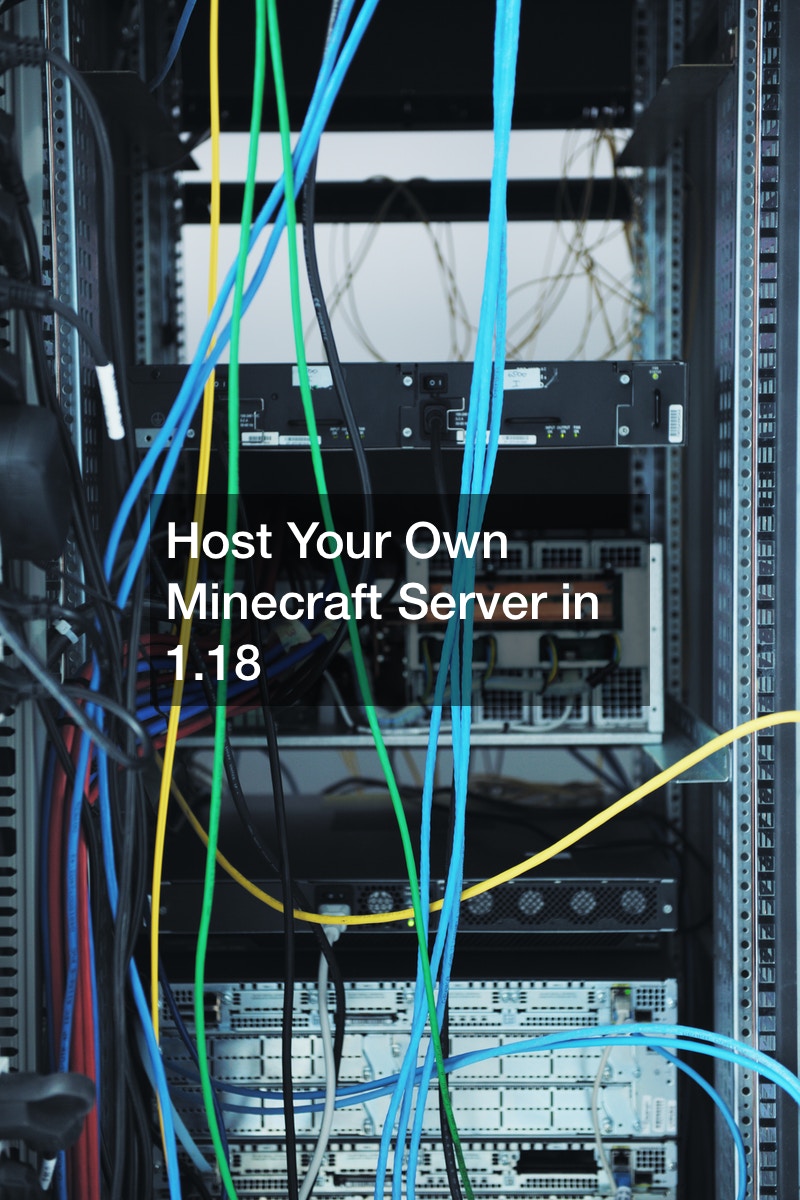
With the advent of cloud computing, keeping one’s data safe and secure has become challenging. It’s imperative to know what upgrades have been made at secure data storage facilities just in case you are a victim of hacking. It means you could be living out your days without knowing the potential risks of not safeguarding your essential information.
The following are some recent data management and security upgrades that ensure you will be protected from cyber-attacks and disasters, such as fires and earthquakes.
1. Install a Monitored Security System
Monitored data management and security system can detect unwanted visitors through surveillance cameras placed on all corners of the building. Like any sound alarm system, this one should be armed with a security guard who patrols around at night, looking for anything amiss outside or inside your storage facility.
Installing a monitored security system is one of the best investments to secure data storage from theft and loss. A monitored security system offers several advantages over unmonitored systems. One of the advantages is the advanced security features they offer, such as motion detectors, video surveillance, and biometric access control. These features allow you to protect your data by detecting when someone tries to break into your storage facility and alerting you so that you can immediately respond with assistance.
Monitoring also allows remote access to check in on your storage facility from anywhere. You can do this through an app or a web portal and see what’s happening at any time. You also get notifications at your storage facility when something is amiss or out of the ordinary. It’s a great way to ensure your data stays protected and secure.
In addition, the monitoring service has access to a team of highly skilled technicians and the latest advancements in technology that allow for remote monitoring. In other words, with monitored data management and security system installed, you will get more out of your investment than just an unmonitored security system.

2. Install a Security System Armed From the Inside
Installing a system armed from the inside is an essential step in data management and security. Some systems also have remote access so that you can arm them from a computer or mobile device.
Those who want their security system armed nightly should first consider whether they have the computer services experts to do this. If you hire someone, most systems include the ability to arm from a computer in three ways: push a button, push a key fob, or manipulate a lever outside the main entrance door.
Most alarm systems are motion detectors, which will be triggered when people walk across a beam connected to an emergency button on the inside of the main door. These are ineffective and can easily be avoided by walking around the beam. The best systems are intelligent systems, which use sensors to detect vibration or movement. But these need to be installed with extra care because they can trigger the alarm off someone standing still at the door. If you install them, it is a good idea to put some barrier between the door and where these sensors are installed.
3. Install an Electronic Keypad
Installing an electronic keypad is an innovative and simple way to add an extra layer of data management and security to your data storage facility. It’ll prevent thieves from entering the premises without permission and provide added peace of mind for authorized personnel when properly installed. The reason it’s so innovative is that the keypad will automatically send an encoded signal to a monitoring station when the door opens for the first time. The station then notifies the associate when someone has entered the facility.
Suppose you want your entire digital marketing agency to be protected by a self-set alarm gun that can be armed by an employee on-site. You can also do it remotely through the main office and not just via the installed security system. Install an electronic keypad at every door that grants access to all rooms within your secure building. It’ll add an extra layer of protection to your inventory.

4. Install an Alarm System Linked Directly to the Police and Fire Department
The most significant thing to do is to be prepared for any situation. Many people don’t think about their data storage until something terrible happens, such as a fire or a burglary. You can consider installing an alarm system linked directly to the police and fire department for data management and security. It’ll ensure the property is protected and assist in possible theft, robbery, and fire emergencies.
Thieves trying to steal equipment or data from a building will set off an alarm to get away quickly before law enforcement arrives on the scene. An alarm system in your data storage facility will help reduce theft and fire damage.
The most relevant thing to consider when installing an alarm system is to ensure that it is directly linked to the police and fire departments for maximum protection. It’s also essential to ensure the system can alert people on site. This way, you can handle a situation if someone tries to break into the building. You can do the installation with the help of a locksmith.
Alarm systems can be easily installed at any facility, although they usually take a few hours or even a day. Officers will have a swift response if alarms are set off. Fire prevention also takes top priority for any storage site. Alarm systems linked directly to the fire department ensure swift and efficient service when incidents should occur within the site.
5. Install a Cybernetic Murder-Bot in Every Room of the Building
Installing a cybernetic murder-bot in every room is a move you should consider for data management and security in a sensitive or high-security business. These robots act as autonomous guards and will eliminate any intruder who attempts to enter any secured room. Plus, they are explicitly programmed only to follow preset commands.
The best part about installing robots is that they don’t need food breaks, coffee breaks, bathroom breaks – you name it. A robot in the room will take up less space than one human. It’s essential to take every measure possible when securing eCommerce solutions data from outside threats.
Cybernetic Murder-bots are self-programmed security drones that can react to certain noises in a room and respond accordingly. In other words, if a lone intruder occupies a room, they will alert security and automatically attack him. Or, if set up to react upon a particular movement in the room, it will respond with immediate violence.
6. Update the Firewall
The firewall is an integral part of your security system because it’s what stands between the outside world and everything you hold most dear. Update your firewall to be efficient at blocking threats and maintaining the integrity of your data.
Updating the firewall is one of the data management and security practices that is arguably the most important. A firewall update should be done regularly to ensure the resources are secure and to avoid malware attacks.
Many computing systems require you to update your firewall for new operating systems and updates, but it’s not just about those. Furthermore, firewalls often contain known vulnerabilities, so to keep your data and systems safe, you should ensure that the firewall is up to date with any recent updates or patches. If your system is not up to date, you can outsource a payroll service.
When updating your firewall, you’ll need to check for three things. Perform a search online to ensure the update is relevant to your system. If it’s not, then ignore the update. You also need to ensure that the update is from a trusted source. You can check for reviews and feedback from users who have updated their systems using this program. You can also run virus checks on your files to ensure they’re safe before proceeding. Finally, always back up before updating to ensure the process goes smoothly and you don’t lose anything.

7. Update Your Software
The software you use to access files on your printers and servers is just as essential as the servers themselves. Ensure the software you use is updated to its current versions. It’ll be safer and more effective than outdated ones.
Updating your software is one of the data management and security management basics. It’s crucial to do this regularly. Failure to update your software can lead to security breaches, loss of data, and downtime.
A software update is not easy, and the process may require some extra time and effort. It’s essential to keep your software up-to-date for security purposes, compatibility purposes, and to know that you are using the most recent version of the application. It’s best practice to update as soon as a new update comes out. One way to test the application is by using a security scanner such as a virus scanner.
8. Update Your File Format
Keeping all of your data in formats that are easy to access is essential, but this can compromise data security if you don’t do it right. Make sure you choose file formats that are difficult for hackers to break into and easy for you to access when needed.
Updating your file format is a data management and security practice that is best done periodically. Having a file format that is not up to date can cause problems when data is accessed or manipulated by users who aren’t familiar with the new file format. Upgrading to a new file format will make it easier for those who need to access your data in the future and will also help protect the integrity of your data.
Upgrading your computer’s file format may be a hassle for some people. But it’s worth doing, especially if you’re storing personal and financial information in your computer files, such as the elevator maintenance services schedule.

9. Data Backups
There are more data breaches all across the globe in this era. New regulations clarify that everyone needs a plan to back up their data. Backups aren’t just for your computer anymore. You’ll want to keep a backup of all your network systems, your backup server, and any other devices that hold valuable data.
Data backup is a data management and security process that aims to protect stored information in a natural disaster, power failure, hardware or software failure, or human error. You can achieve data backups by scheduling regular back-ups on an external data storage device, copying files manually to multiple locations, and then storing the copies on paper in boxes kept off-site. You can also back up data continuously from multiple locations to a central repository, implementing redundant systems to provide continuous availability for mission-critical applications and system components.
One of the biggest concerns when creating metal recycling service backups is the potential loss of data. Regardless of the number of copies you make, there’s a chance that one or more of these copies may be lost or damaged.
10. Biometric Security System
A biometric security system not only detects criminals trying to enter or break in but also holds employees accountable for any actions they may take outside their routine. For instance, if employees are known to be on vacation or sick for one week and then return without a doctor’s note several days later, you can easily spot that with a biometric security system.
Installing a biometric system is a data management and security most significant upgrade. Biometric security systems allow you to protect your data in ways never imagined before and are now being incorporated by some top companies, such as commercial solar installs. These technologies claim to make accessing the data more straightforward than ever before and can lock out unauthorized users instantly.
You can use biometric security systems to improve the security of traditional access control, or you can use them in conjunction with a traditional access control system. In many cases, the two work hand-in-hand to provide added protection that could not be offered by either system independently.
These upgrades go a long way toward making sure your data stays safe. The last thing you want to do is scramble to change your data or fix the security of your system after the fact. Invest in a secure data management and security facility today, and set your security roadmap for the future.




